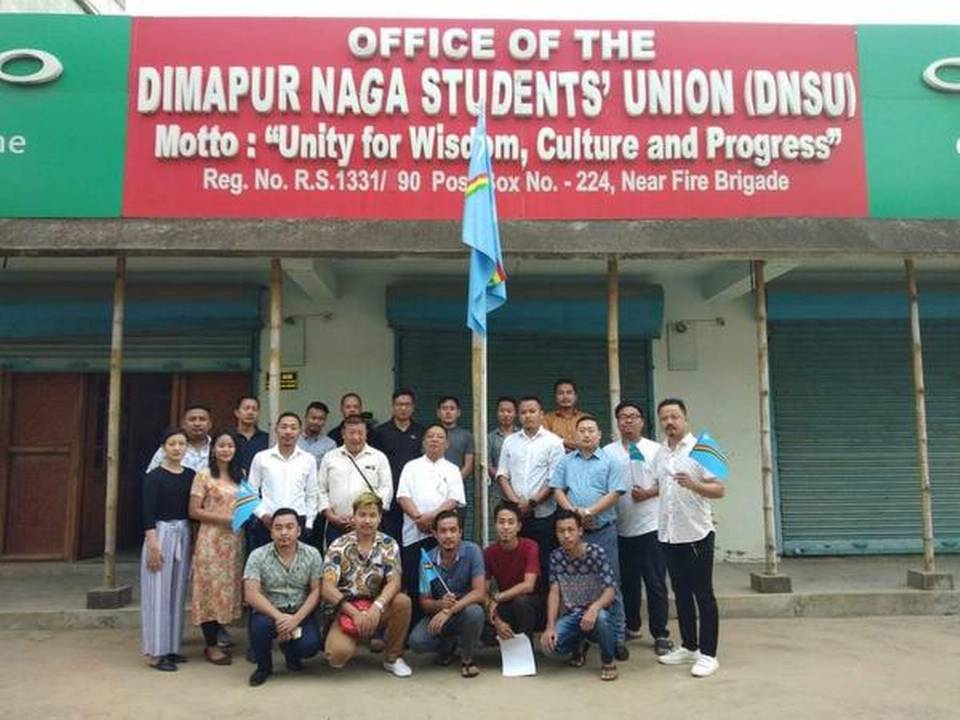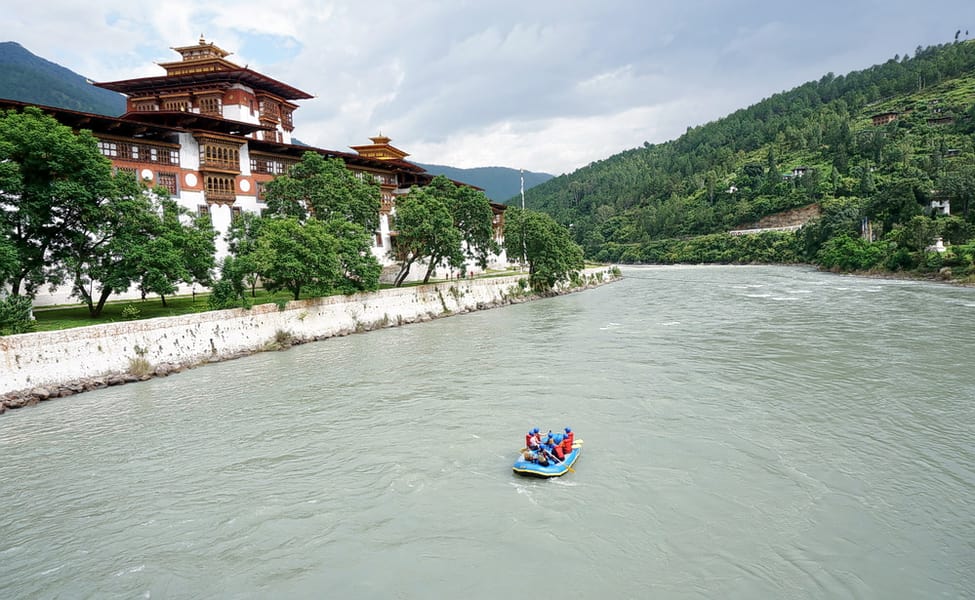The influential Naga Students’ Federation (NSF) on Wednesday hoisted the ‘Naga national flag’ to celebrate the 73rd ‘Naga Independence Day’ across the Naga-inhabited areas, including Myanmar.
On August 14, 1947, leaders belonging to various Naga tribes came together to unfurl their ‘national flag’ in Kohima, now the capital of Nagaland which attained statehood in December 1963. This was to ‘assert their right to independence’ after the transfer of power from the British to ‘Indians’.
The ‘Naga Independence Day’ has been an annual event, but the celebration this year attained significance in the wake of the withdrawal of special status to Jammu and Kashmir making the former State’s red flag with three vertical stripes and a plough redundant.
NSF president Ninoto Awomi, however, said there was no political message in the unfurling of the ‘Naga national flag’ at the Naga Solidarity Park in Kohima and all other Naga-inhabited areas simultaneously at 11 am.
“The NSF has been observing the day not to show that the Nagas are against India but to celebrate our identity, culture, history, and rights. More than a 1,000 people turned up for celebrating the day in Kohima,” he told The Hindu on Wednesday.
On Tuesday, the State government instructed the deputy commissioners of all the 11 districts to make the NSF units “aware of the legality of their action [hosting the flag]” that could “create unwanted situation and may lead to grievous law and order problem”.
‘Common Naga flag’
Mr. Awomi said the flag unfurled on Wednesday was the “common Naga flag’. The flag – blue with a whitish star and a rainbow running almost diagonally – is similar to that used by the Isak-Muivah faction of the National Socialist Council of Nagaland, which has been seeking a separate flag as part of the peace deal.
But the Naga National Council (NNC), the first extremist group of the Naga Hills, said the original ‘Naga national flag’ should ideally be hoisted to mark the show of rebellion in 1947. There is clarity on the colour and design of the flag unfurled that year.
The first Naga flag is considered to be the one that the NNC, formed by the legendary Angami Zapu Phizo in 1946, hoisted on March 22, 1956.
The Hindu




